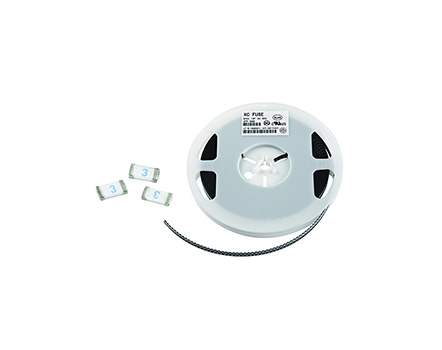
According to the application category, fuses are classified into four categories: power engineering fuses are classified according to rated current, and fuses are divided into three categories based on working voltage: high voltage fuses, low voltage fuses, and working voltage fuses. According to the classification of final breaking capacity, fuses are classified as follows: high breaking capacity fuses are classified by appearance, and fuses are classified as follows: small flat head tubular fuses
Fuses are generally divided into two types: disposable fuses and self repairing fuses. Fuses, also known as amperage fuses, are primarily used for load protection. Properly installing a fuse in the power circuit will cause the fuse to melt and interrupt the amount of current in the event of an abnormal increase in voltage to a certain level and attention, protecting the safe operation of the power circuit.
Self repairing fuse is a type of overcurrent electronic device protection component, which is made of polymer materials, organic chemical polymers, and conductive particle raw materials under high pressure, high temperature, and vulcanized rubber reflection conditions. It is produced through unique technology. The traditional fuse overcurrent protection can only protect once and needs to be replaced after being burned out. However, the self repairing fuse has overcurrent and overheating protection, and fully automatic repair bidirectional function.
Read recommendations:
slow blow fuse vs fast blow fuse.The difference and function of fuses and relays